Best vampire superheroes
They might bite necks and drink blood, but these vampire superheroes also save the world
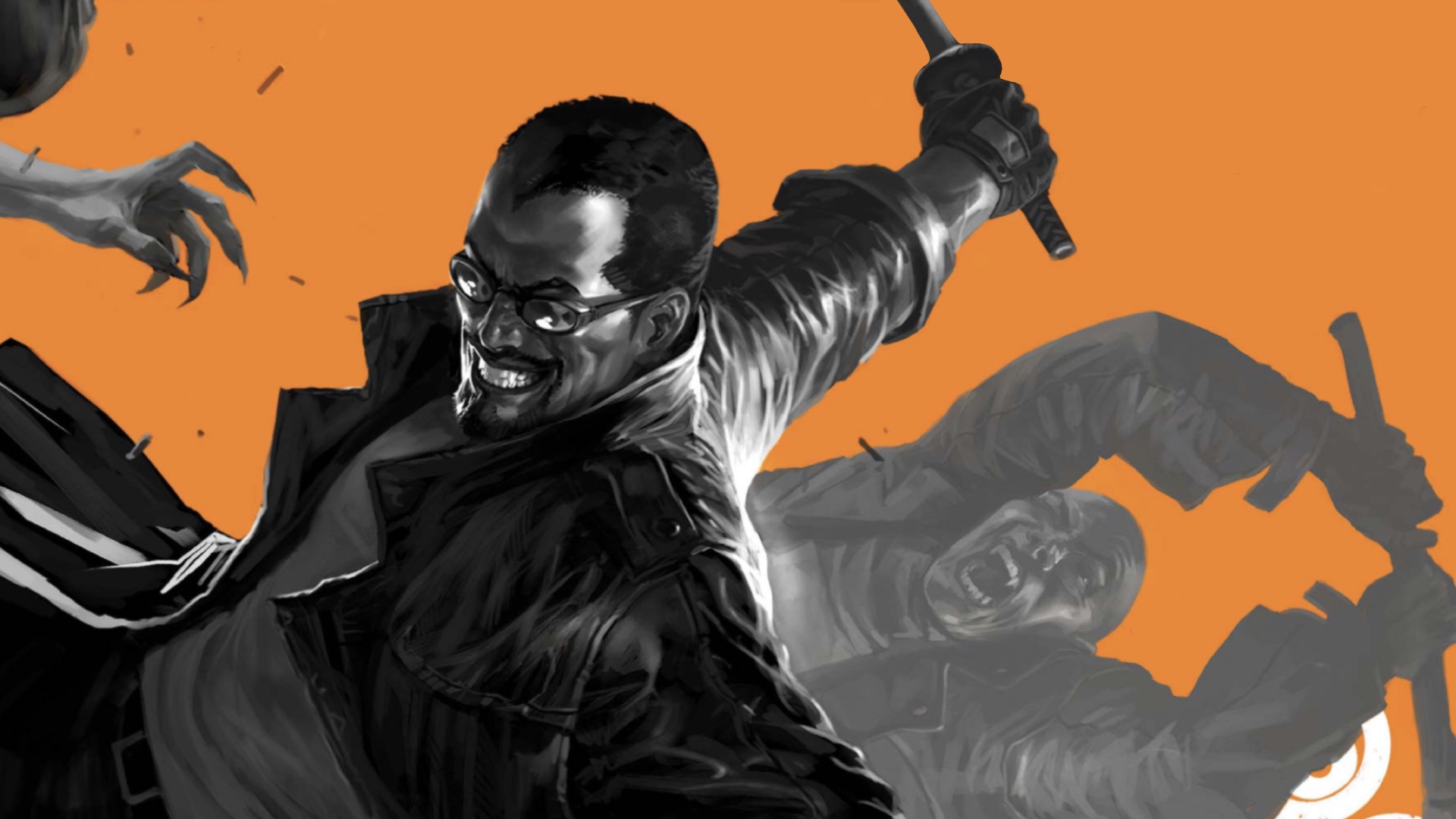
Marvel's Blade is arguably the most famous vampire superhero in comics and a fan-favorite thanks to his original movie trilogy (which is now streaming on Netflix).
Marvel Studios is about to capitalize on Blade's popularity by bringing the horror hero to the MCU in a new film starring Mahershala Ali. And at the same time, Marvel is teasing a renewed role for Blade in comics starting on Free Comic Book Day.
So in honor of the Daywalker's big resurgence, here are the best vampire superheroes of all time!
11. Nightrider
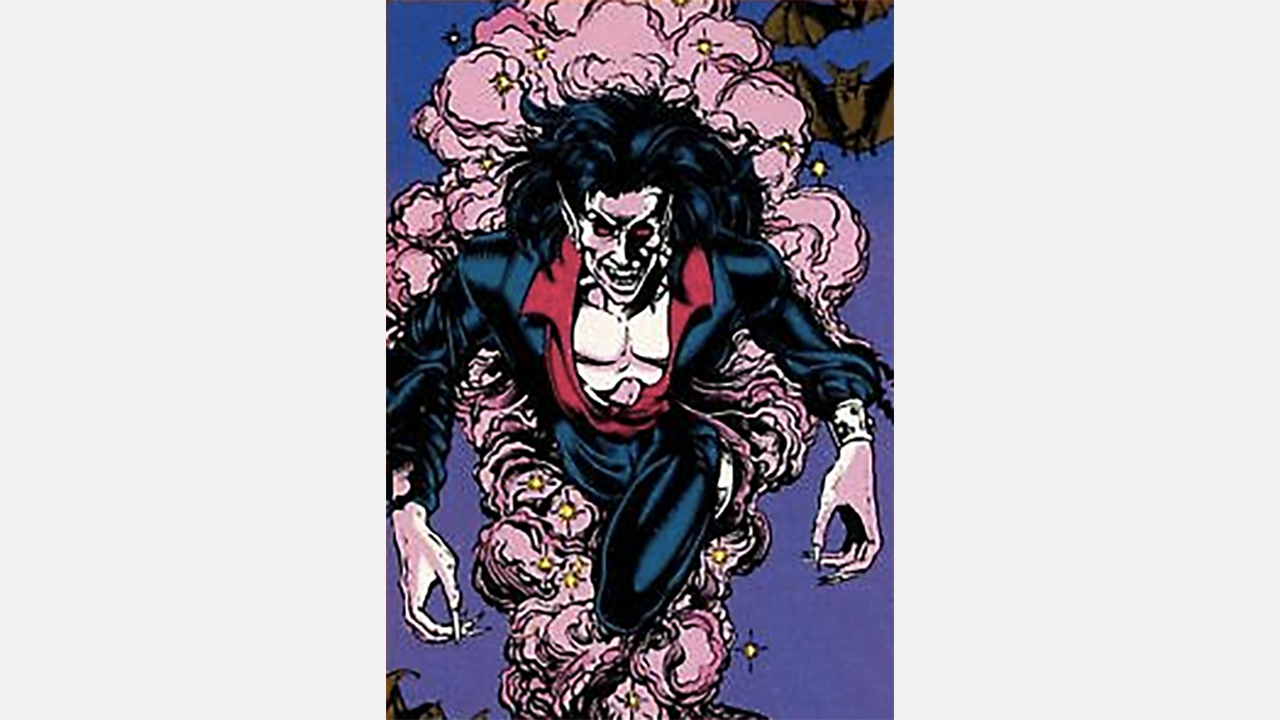
Behold! Nightrider!
No, not the '80s David Hasselhoff action show about a talking car – the early '90s sci-fi vampire hero from DC's short-lived Team Titans series.
Nightrider (a.k.a. Dagon, a name from H.P. Lovecraft lore), like many of the Team Titans, is from an alternate future where a despot named Lord Chaos rules with an iron fist. Nightrider was turned into a vampire by Lord Chaos's experiments as a young boy – a transformation that doomed him to survive on blood but gave him classic vampire powers.
The Team Titans – Nightrider included – traveled back in time to kill Donna Troi of the Teen Titans, as she was fated to give birth to Lord Chaos, but eventually, they all teamed up and through the magic of continuity, everything worked out.
Comic deals, prizes and latest news
Get the best comic news, insights, opinions, analysis and more!
Also through the magic of continuity, Nightrider disappeared in the reality-rewriting Zero Hour crossover, never to bare his fangs again.
10. Jubilee
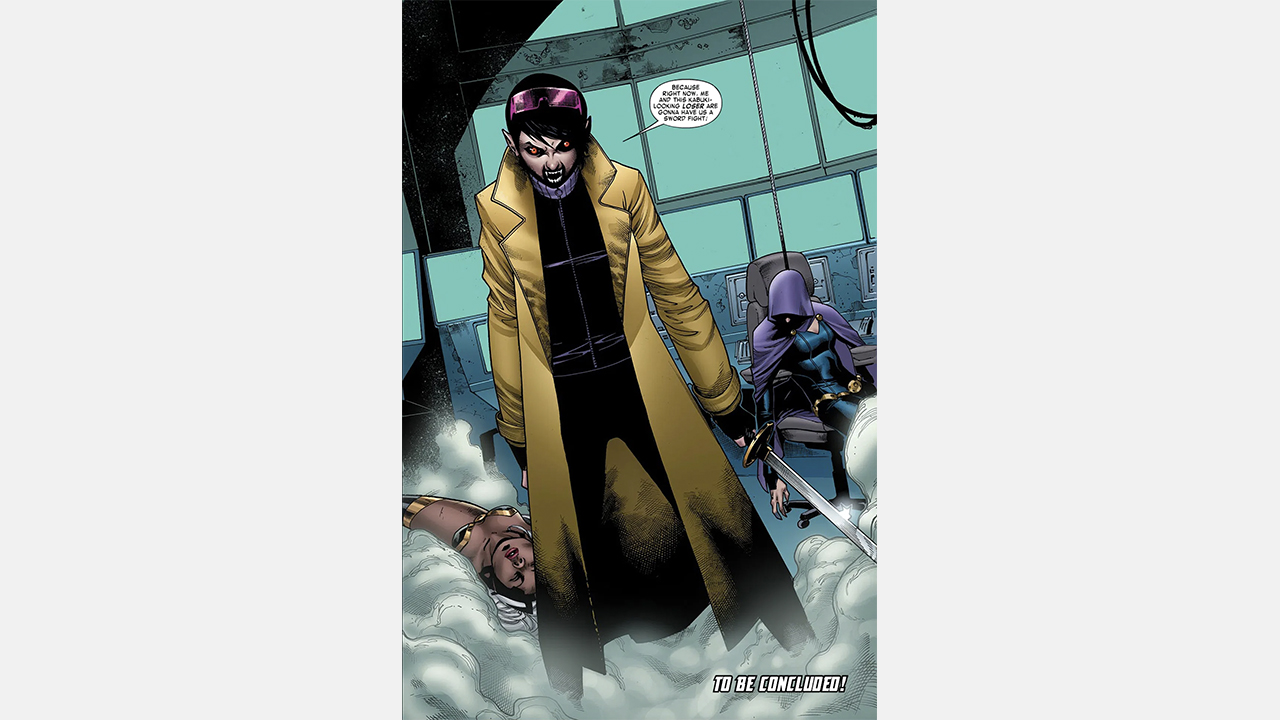
Back in the '80s, the X-Men fought Dracula, the Lord of the Vampires. Then, years later, they also tangled with his son (in Marvel Comics lore) Xarus, who took on his title. On both occasions, a mutant was turned into a vampire – in the '80s it was Storm, and in 2010 it was Jubilee - but when the X-Men took on Xarus, it managed to stick.
In that story, 'Curse of the Mutants,' Xarus launched an attack that turned a whole crowd of humans, including Jubilee who had lost her powers in 'M-Day' (more on that right here), into vampires.
The change stuck for years, with Jubilee returning to the X-Men using her vampire abilities in place of her previous plasma generation powers, and wearing an amulet to protect her from sunlight.
In fact, it was the loss of the amulet and subsequent exposure to sunlight, that actually saved Jubilee from vampirism – to save her life, her teammate Quentin Quire used a shard of the Phoenix to rebirth Jubilee, removing her vampirism and restoring her mutant powers in the process.
9. Crimson
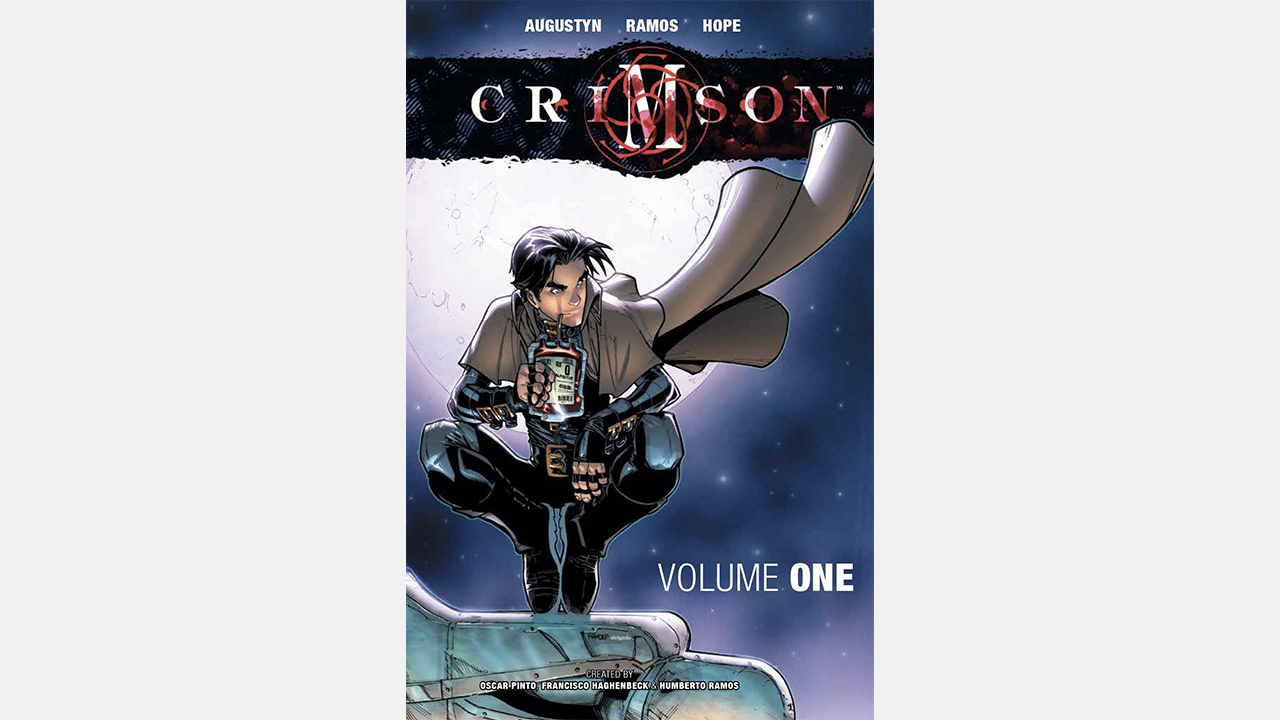
Rather than a character, Crimson is the name of the comic book that starred vampiric teen hero Alex Elder – a unique vampire who was fated to become the last of his kind.
Created by artist Humberto Ramos, storytellers Oscar Pinto and Francisco Haghenbeck (who helped come up with some of the concepts and characters), and written by Brian Augustyn, Crimson developed Alex Elder from a reluctant vampire to an out-and-out vampire superhero, with powers beyond average vampires.
Along the way, Alex learned of his destiny to end vampire kind, with his quest taking him up against other vampires, werewolves, and even biblical entities over its 24-issue run.
8. Vampire Hunter D
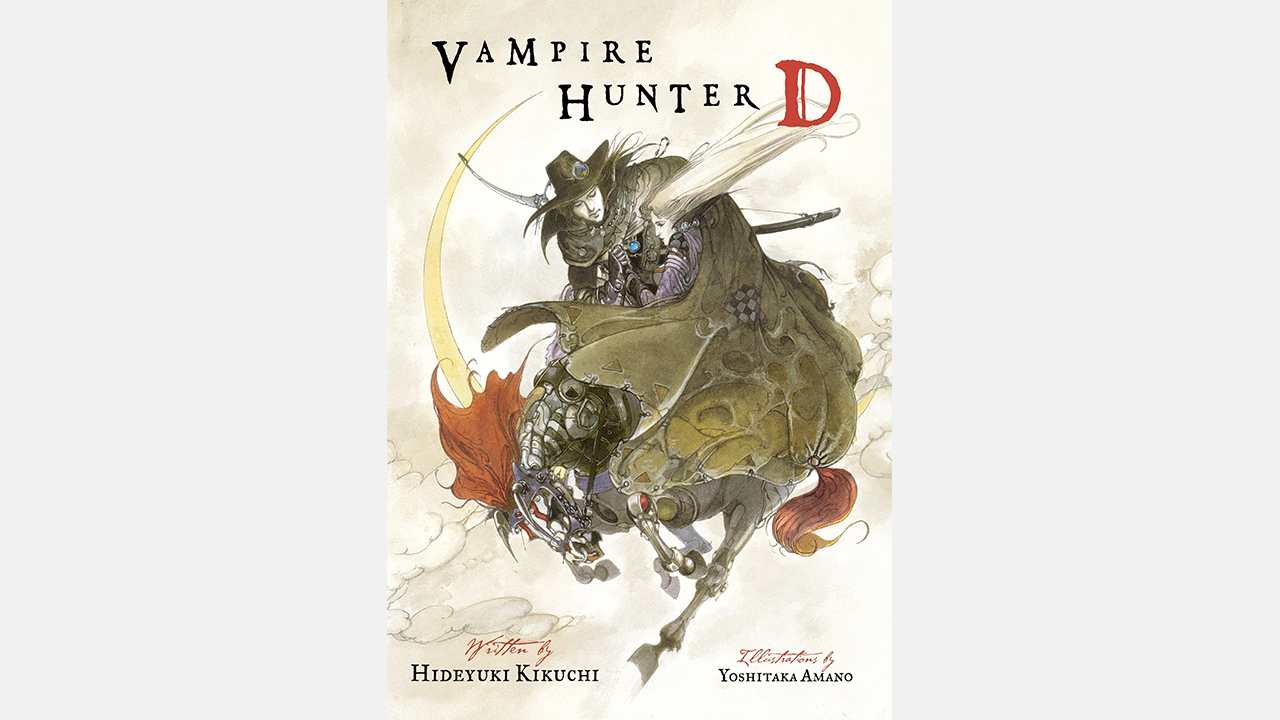
Though he's not quite a 'superhero' in the western sense, the classic anime Vampire Hunter D's eponymous protagonist D is pretty close in spirit – and since we love us some manga and anime alongside our American and European comic books, we're adding him to the list.
The perennially popular D is iconic not just for his horror manga and anime's brutal fight scenes, but for the unique and stunning art of his co-creator Yoshitaka Amano, whose sensibilities have spawned countless imitators in anime and manga, in western comics, in movies, and even in actual real-life goth fashion.
Like his American predecessor Blade, D (created in 1983) is half-human, half-vampire – in this case, referred to with the mythological term Dhampir. And also like Blade, D is sworn to destroy the creatures of the night using their own powers and weaknesses against them.
If you've never branched into anime or manga, now's the perfect time of year to dig into Vampire Hunter D and get your bloodbath on.
7. Bloodstorm
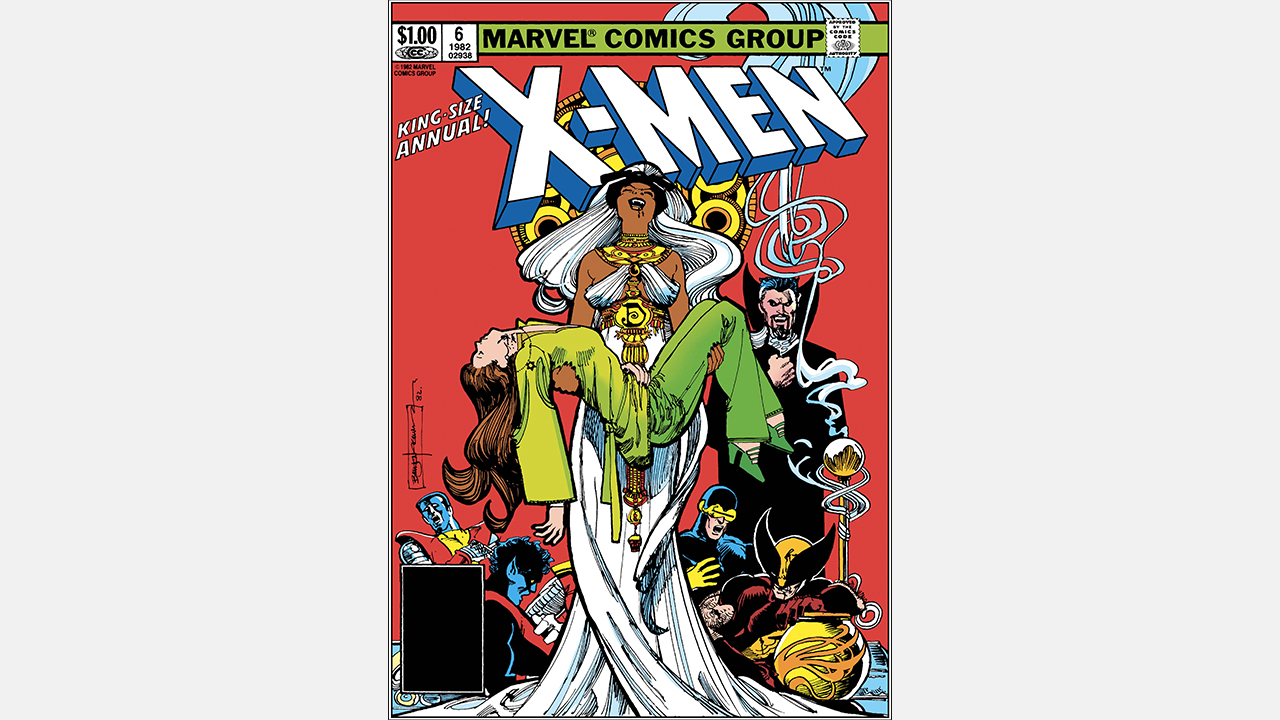
When the X-Men fought Dracula in the '80s, naturally, one of them was bitten and turned into a vampire – in this case, Storm. She was reverted to her natural mutant state by the story's end, but in another timeline, she never stopped being a vampire.
In the late '90s, Cyclops's brother Havok was seemingly killed, but in reality, his consciousness was shunted into the body of the Havok of another world where he was the leader of the X-Men, whose lives were totally different.
In Storm's case, she had never gotten over Dracula's bite and remained in vampire form, having taken up the name Bloodstorm in that timeline.
Though the title where this took place, Mutant X, only lasted a short time, Bloodstorm later reappeared among a group of inter-dimensional X-Men who traveled to the core Marvel Universe.
6. Confessor
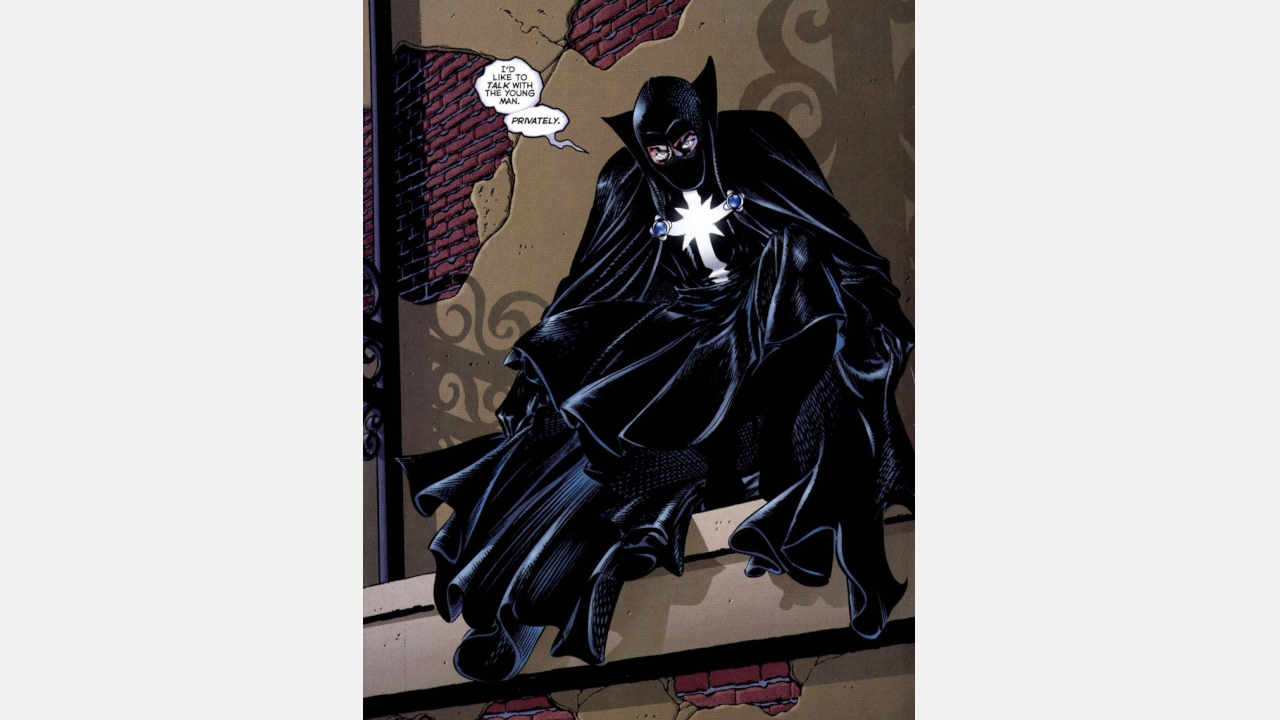
Kurt Busiek and Alex Ross's Astro City held its share of mysteries - and chief among them was the nature of the priestly vigilante Confessor.
Complete with a sidekick named Altar Boy, Confessor was Batman-like avenger of the night with mysterious powers - as it turns out, vampiric powers. Confessor was secretly a hundred-year-old vampire who donned a Priest's frock and took to the streets to fight crime and earn absolution.
Confessor eventually became hunted by the Astro City authorities after seemingly going villainous, and died while murdering the mayor of Astro City - who, as it turns out, was actually one of a number of invading aliens exposed by Confessor's attack.
5. Batman
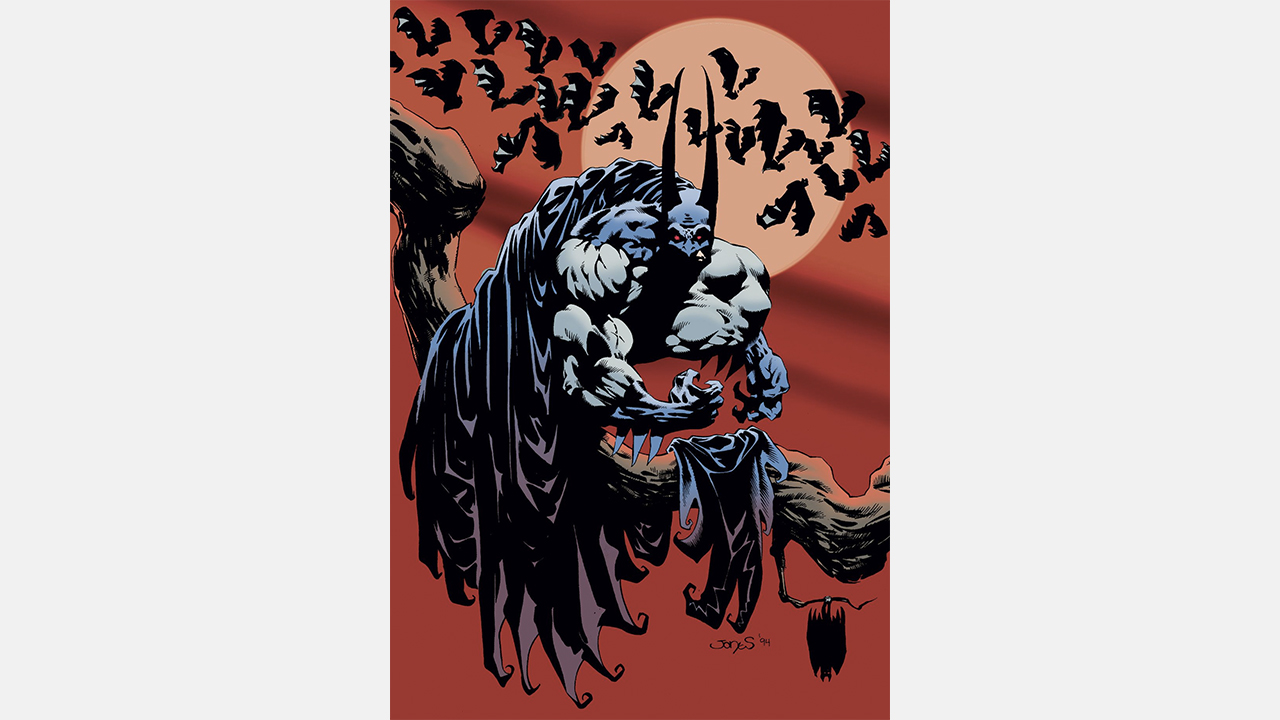
Though he hasn't been vampirized in mainstream continuity (thankfully), Batman has a long history with vampires, including killing the vampiric villain the Mad Monk with a silver bullet in one of his most iconic Golden Age stories.
But in the alt-continuity Red Rain universe created by writer Doug Moench (who also co-created Moon Knight and many of Marvel's '70s horror heroes) and artist Kelley Jones, Batman takes on Dracula. And though he essentially wins, he's left a vampire himself – now a true creature of the night, damned to drink blood and become what he despises most, until Commissioner Gordon and Alfred stake him and put him into a deep slumber.
Later, Batman is awakened by Alfred when a crimewave grips Gotham, slaughtering almost all his old foes before walking into the sunlight to die. The character later returned as the Batman of one of many alternate worlds in DC's multiverse, in events such as Countdown and Convergence.
4. Dracula
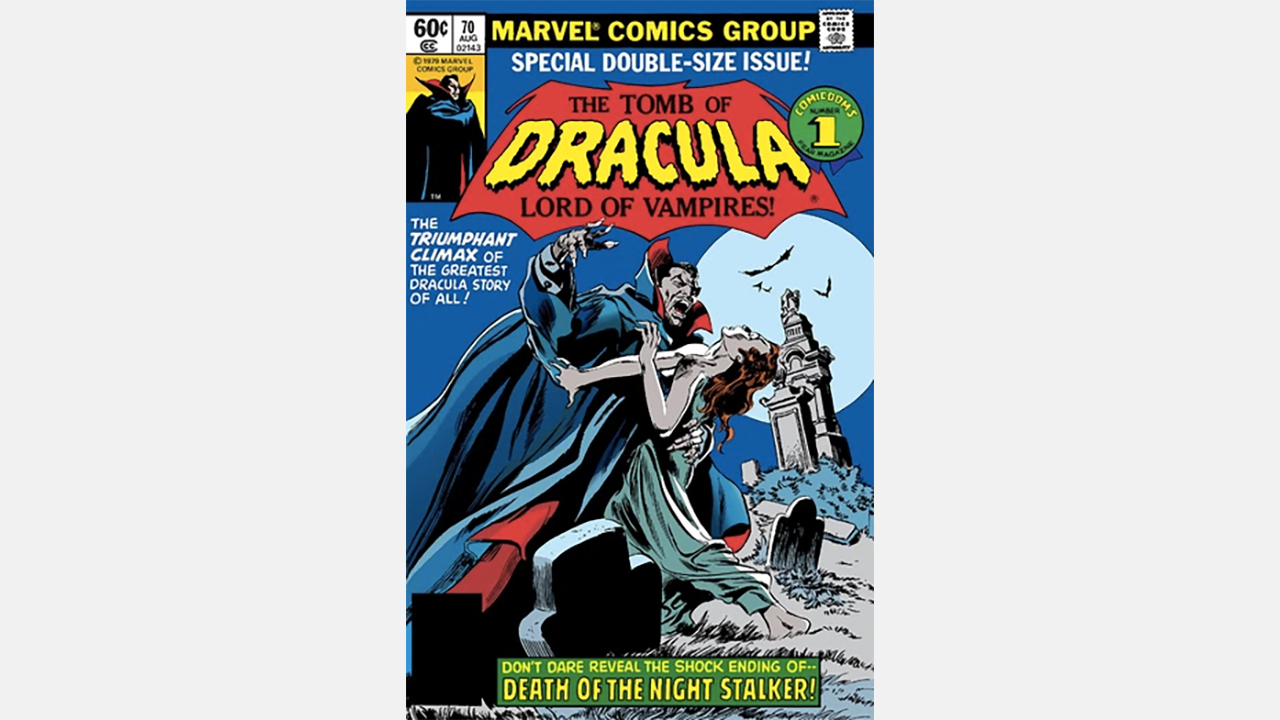
Dracula is perhaps the most well-known vampire in fiction, from his prose novel by Bram Stoker to his ever-present appearances in films, and of course even into comic books and other media.
Dracula has appeared in numerous forms and stories throughout the history of comic books – and he's even been a presence in Marvel Comics since the '70s, when he headlined Marvel's Tomb of Dracula black and white horror magazine (a designation that let them publish Dracula stories despite the Comics Code preventing the depiction of vampires) in which Blade, more on him later, even debuted.
That incarnation of Dracula later crossed over into Marvel's superhero comics as an X-Men villain and even recently challenged the Avengers. On the DC side, Dracula has gone up against Batman, even turning the Dark Knight into a vampire himself in the alt-universe Red Rain trilogy.
In almost all his comic book incarnations, whether hero or villain, he's turned many superheroes into vampires over the years – sometimes very temporarily, or sometimes for years on end, even in mainstream continuity.
Just goes to show that sooner or later, almost all fictional vampires come back to Dracula in one way or another.
3. Morbius
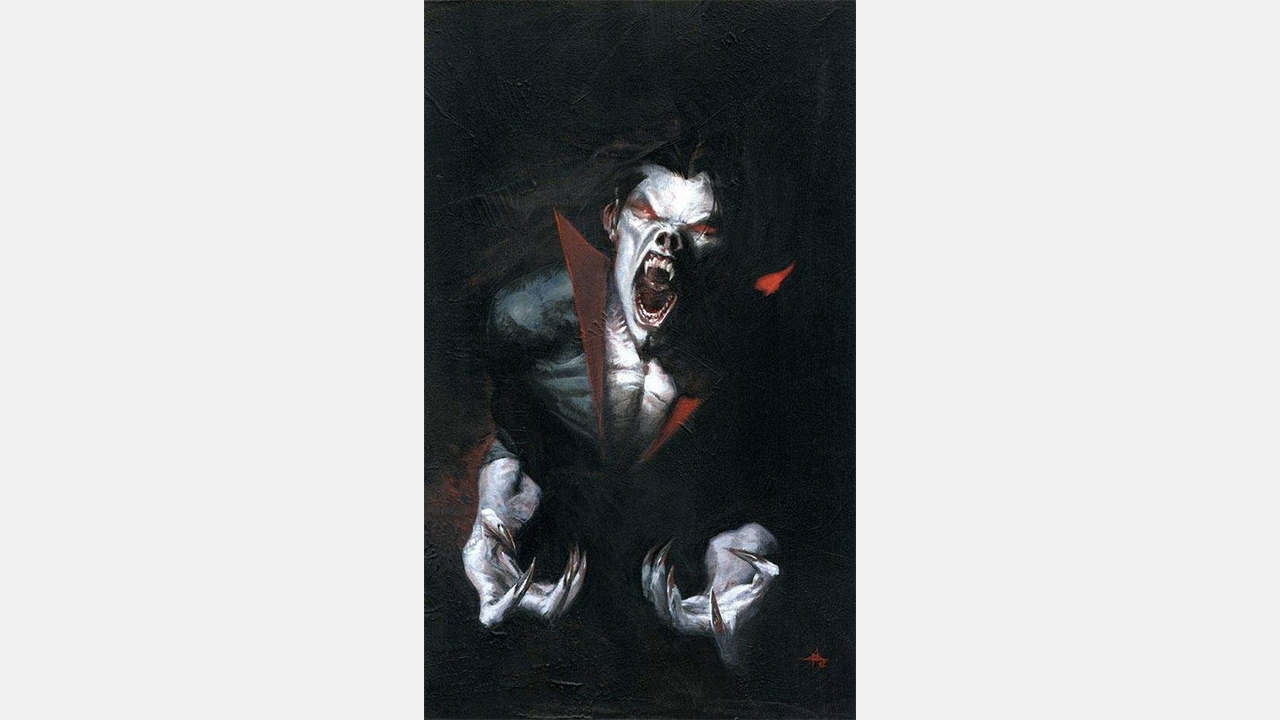
Back in the days of the Comics Code, which restricted what comic books published in the U.S. were allowed to depict, the backlash to the graphic, gory horror comic books of the '40s and '50s led to Code-approved comics not being allowed to show vampires or werewolves.
Not content to let sleeping dogs lie, Marvel Comics editors often found ways around the Comics Code that let them show vampires – kinda (an early example being the X-Men villain Sauron, a pterodactyl-like mutant who can hypnotize and drain the lifeforce of his victims).
Enter Michael Morbius, a so-called 'Living Vampire' whose origin was as a scientist with a rare blood disorder that he was working desperately to cure. However, his attempted experimental cure turned him into a kind of ersatz vampire, with the blood-drinking curse and powers of the living dead, but a scientific origin – allowing him to just squeak past the Comics Code Authority censors as a Spider-Man villain.
Morbius later branched out from straight-up villainy to being a vigilante and anti-hero, and even a leading man in his own title. He's got a movie starring Jared Leto coming out in April as part of Sony's Marvel Universe.
2. Vampirella
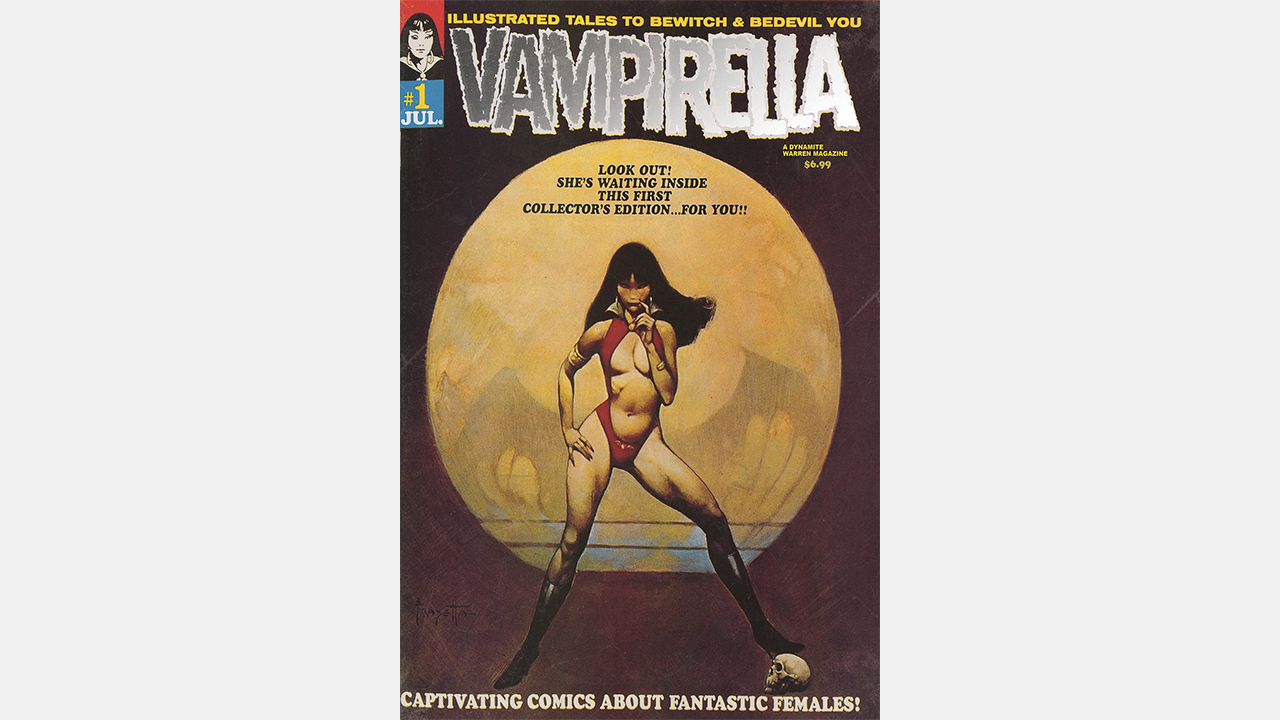
Introduced by horror comic publisher Warren in 1969 and created by legendary horror/sci-fi writer Forrest J. Ackerman and artist Trina Robbins, the iconic Vampirella was originally an alien from the planet Drakulon, whose vampire-like inhabitants spread out across the galaxy when their planet's blood supply dried up, bringing Vampi (as she's often affectionately known) to Earth.
Later reboots established Drakulon as a place in the biblical Hell, and Vampirella as the daughter of the Christian mythological figure Lilith, while even more recent incarnations have split the difference with elements of both previous concepts, and have even brought Dracula into the mix (there he is again!).
Vampirella is perhaps best known for her head-turning costume, which, though it's evolved over the years, almost always goes back to some form of Trina Robbins' original design, rendered stunningly in Frank Frazetta's still ubiquitous covers.
1. Blade
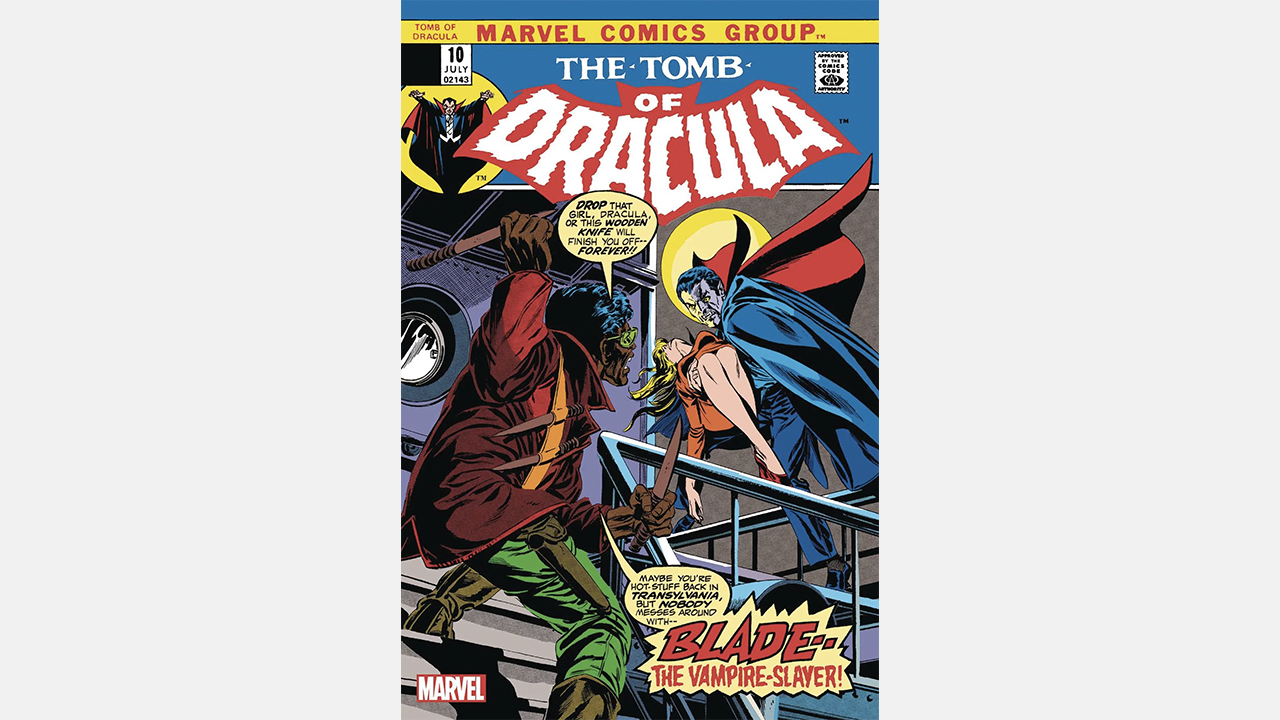
There's no more iconic vampire – or vampire killer – in comic books than Blade, Marvel Comics' so-called 'Daywalker.'
Blade gets his iconic nickname because he's technically a half-vampire with all of their power, and almost none of their weaknesses – except, in some incarnations, a need to consume blood to live - thus allowing him to walk in sunlight.
Blade was Marvel's first hugely successful big-screen superhero adaptation, with the Wesley Snipes-led film spawning a pair of sequels, and even a subsequent TV reboot with a different cast.
Blade will soon join the MCU with Mahershala Ali in the title role.
I've been Newsarama's resident Marvel Comics expert and general comic book historian since 2011. I've also been the on-site reporter at most major comic conventions such as Comic-Con International: San Diego, New York Comic Con, and C2E2. Outside of comic journalism, I am the artist of many weird pictures, and the guitarist of many heavy riffs. (They/Them)



